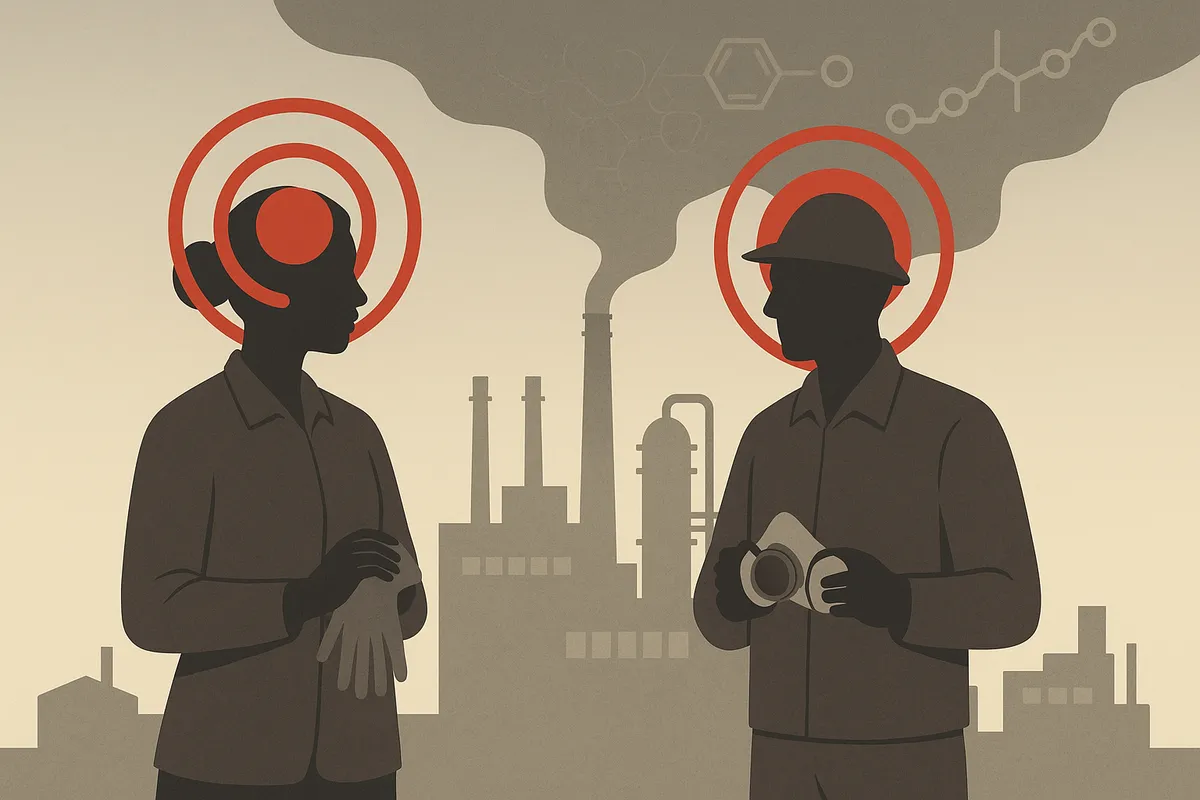UC Davis and the Return of Parental Blame in Environmental Health
 When research turns workplace safety into a parental risk story, the harm isn’t just in the data — it’s in the frame.
When research turns workplace safety into a parental risk story, the harm isn’t just in the data — it’s in the frame.
UC Davis researchers just published a study in the International Journal of Hygiene and Environmental Health, led by principal investigator Irva Hertz-Picciotto, claiming that parents’ workplace chemical exposures before and during pregnancy may influence their autistic children’s “severity” scores, adaptive skills and behaviors. They present it as environmental health science but the underlying logic is old and corrosive: autism as damage, parents as risk vectors and autistic traits as defects to be minimized.
The team, including researchers Paula Krakowiak, Robin Hansen and others from the CHARGE study, drew on data from 537 families, estimating exposures to 16 chemicals through self-reported job histories and a job-exposure matrix — no direct measurements. They linked certain exposures, such as plastics/polymers, phenol and ethylene oxide, to lower adaptive functioning, increased behavioral “problems” and higher “autism severity” scores. While they include a disclaimer that these are associations, not causation, the headline and PR framing function as an open invitation for appropriation by anti-vaccine and toxin-cause movements.
This is not a neutral omission. By individualizing what is a systemic workplace safety issue, UC Davis shifts the lens from corporate and regulatory accountability to parental blame. It cements the idea that autistic existence is a deviation to be avoided, reinforcing the deficit-first lens that has dominated autism research for decades. And it does so from an institution that brands itself as progressive, inclusive and committed to equity.
If UC Davis and its named investigators truly aligned with their own DEI and environmental justice messaging, this would have been framed as a workers’ rights and environmental safety issue — a fight to protect all families by protecting all workers. Instead, they used their platform to suggest that the most meaningful outcome of workplace safety is fewer autistic children or “less severe” autism.
A better framing would treat workplace chemical safety as a universal right, measure autistic wellbeing through autistic-defined metrics and confront the systems that allow neurotoxic exposures to persist. Without that shift, this research is not public health — it’s a press release for hierarchy in a lab coat.